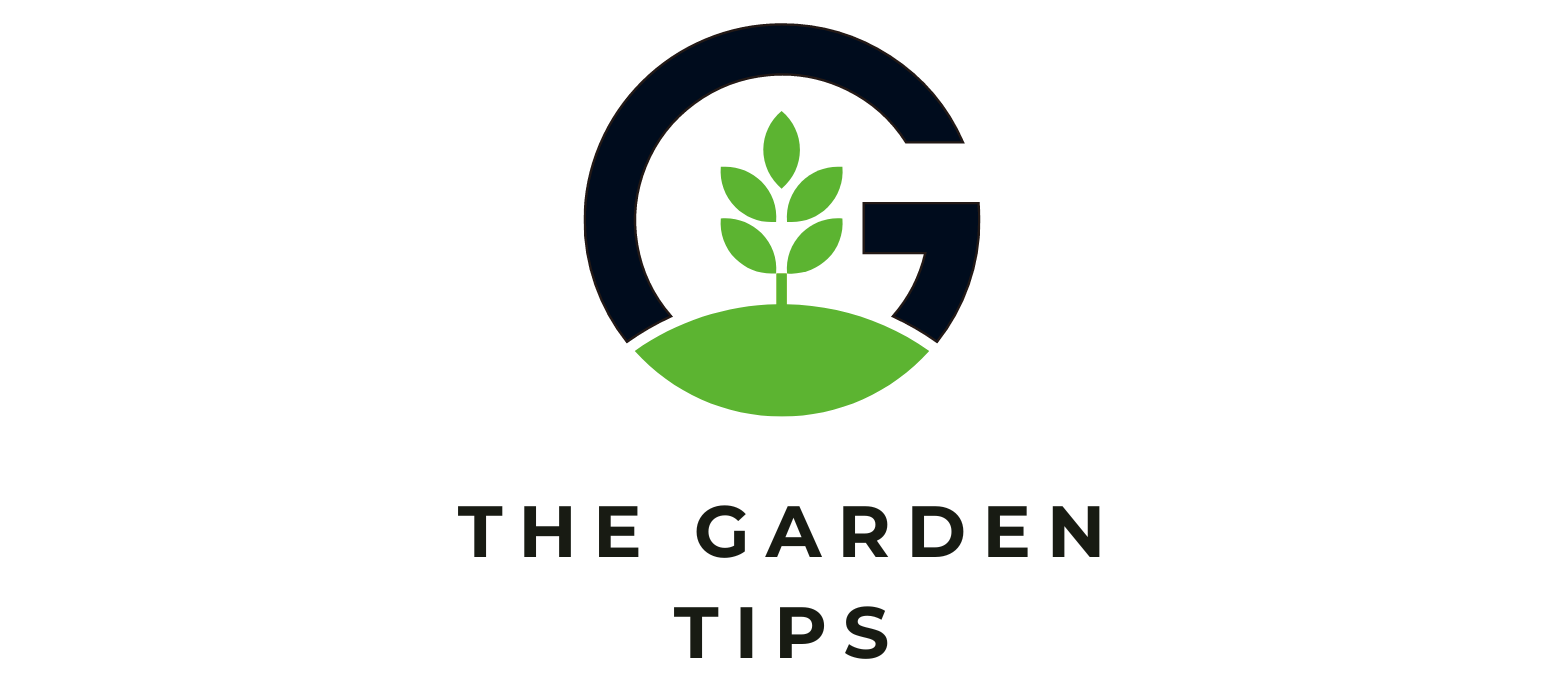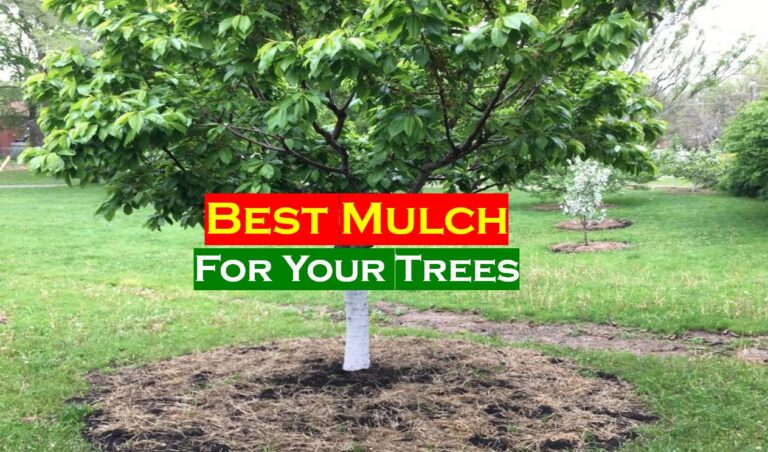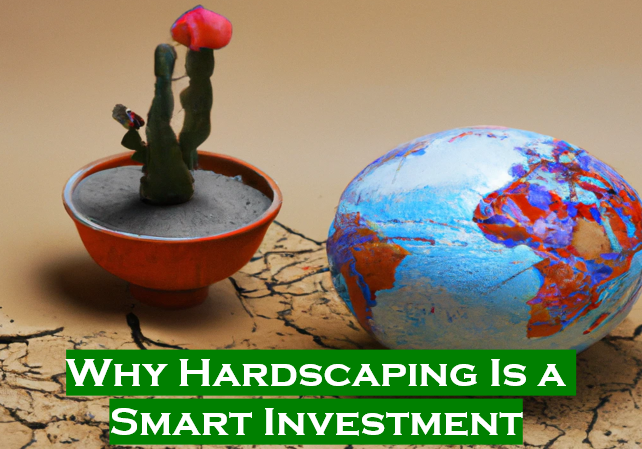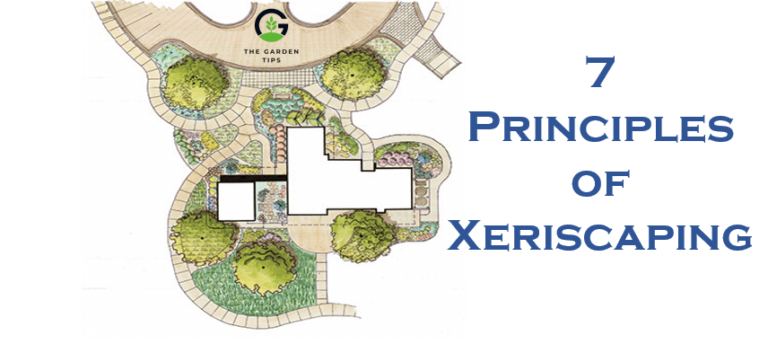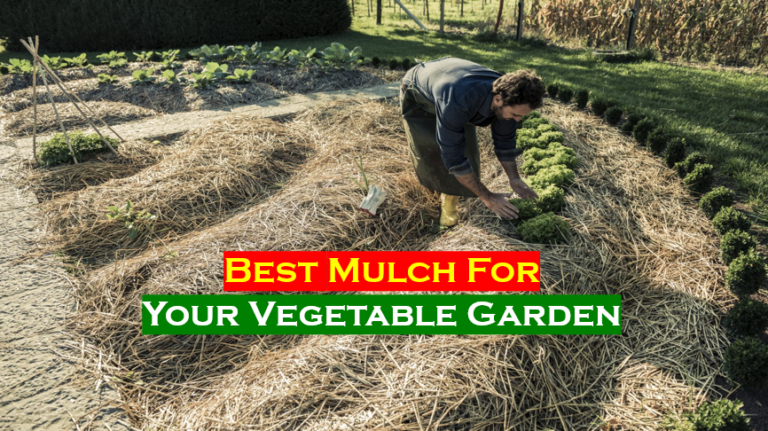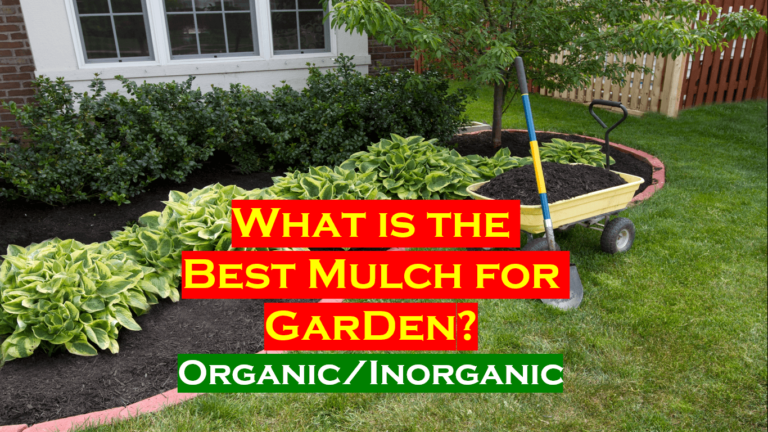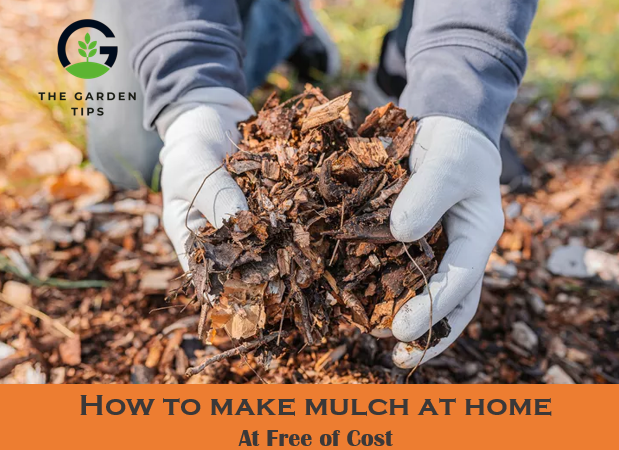Hydrozoning is a method of gardening that involves grouping plants together based on their water needs. This approach allows for the efficient use of water resources and helps to ensure that plants receive the appropriate amount of moisture for optimal growth.
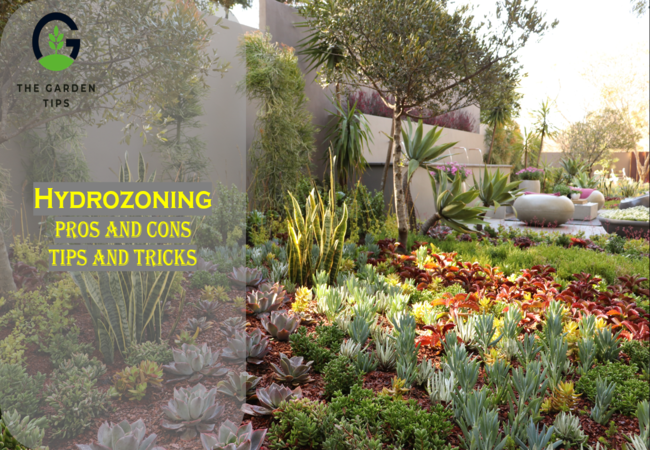
The first step in hydrozoning is to assess the water needs of different types of plants. Some plants, such as succulents and cacti, are drought-tolerant and require minimal watering. Other plants, such as ferns and tropical plants, require consistent moisture. By grouping plants with similar water needs, gardeners can more easily manage irrigation and prevent over-watering or under-watering plants.
One common way to organize a hydrozoned garden is to divide it into different zones based on water needs. For example, a dry zone might include drought-tolerant plants such as cacti and succulents, while a moist zone might include ferns and other moisture-loving plants. This allows gardeners to easily target specific areas with irrigation and ensure that each plant gets the water it needs.
Another benefit of hydrozoning is that it can help to reduce the risk of disease and pests. When plants are grouped based on water needs, they are more likely to thrive and less likely to become stressed. Stress can make plants more susceptible to disease and pests, so hydrozoning can help to keep plants healthy and strong.
Many different plants fall into the hydrozoning category. Some hydrozoning plants examples include:
Drought-Tolerant Plants:
- Cacti (e.g. Echinocactus, Ferocactus, Mammillaria)
- Succulents (e.g. Aloe, Agave, Echeveria)
- Xerophytes (e.g. Yucca, Sedum, Sempervivum)
Moisture-Loving Plants:
- Ferns (e.g. Adiantum, Polypodium, Dryopteris)
- Tropical plants (e.g. Monstera, Philodendron, Calathea)
- Marsh plants (e.g. Typha, Schoenoplectus, Juncus)
It is important to note that hydrozoning is not a one-size-fits-all solution, and plants’ specific needs can vary depending on factors such as climate, soil type, and local weather conditions. Gardeners should always research and test different strategies to find what works best for their specific garden.
Tips and Tricks to Implement Hydrozoning in the Garden
Assess the garden
Please look closely at the garden to identify the different areas and their light and moisture conditions. This will help to classify the different areas into high-water, medium-water, and low-water zones.
Choose plants wisely
Select plants that are well-suited for the specific hydro zones in the garden. Research the water requirements of each plant before adding them to the garden.
Set up an irrigation system
Tailor the irrigation system to the specific water requirements of the different zones. Use a timer or a smart irrigation controller to schedule watering times and adjust them according to the weather conditions.
Monitor and adjust
Regularly monitor the plants and irrigation system to ensure they get the appropriate amount.
Pros of Hydrozoning
Hydrozoning is a method of grouping plants based on their water requirements and can have several benefits for gardeners, such as:
Water conservation
Hydrozoning can help to conserve water by ensuring that plants receive the appropriate amount of moisture for optimal growth, rather than overwatering or underwatering certain areas.
Increased plant health
By grouping plants with similar water requirements together, hydrozoning can help to improve the overall health of the plants in the garden.
Reduced maintenance
Hydrozoning can reduce the time and effort required to maintain a garden by simplifying the watering schedule and making it easier to identify any issues.
Increased efficiency
Hydrozoning can increase the efficiency of irrigation systems by providing water only where it is needed, reducing waste and runoff.
Cons of Hydrozoning
There is also a disadvantage of this zoning which is mentioned here:
Initial setup cost
Hydrozoning can be an expensive process, as it requires the installation of specialized irrigation systems and can require a lot of time and effort.
Limited plant choices
Hydrozoning may limit the types of plants that can be grown in certain areas, depending on their water requirements.
Constant monitoring
Hydrozoning requires regular monitoring and adjustment to ensure that the plants get the appropriate amount of moisture, which can be time-consuming.
Weather dependency
Hydrozoning is weather dependent, as the weather conditions like rainfall, temperature, and humidity, can affect the water requirements of the plants thus, the hydrozoning system should be flexible enough to adapt to weather changes.
Final Verdict
Overall, hydrozoning can be a useful tool for conserving water and improving the health of plants in a garden. However, it is important to weigh the costs and benefits and to consider other factors, such as the climate and soil type, before implementing hydrozoning.
In conclusion, hydrozoning effectively manages water resources in the garden and ensures that plants receive the appropriate amount of moisture for optimal growth. By grouping plants with similar water needs, gardeners can more easily manage irrigation and prevent over-watering or under-watering plants. This can help reduce the risk of disease and pests, ultimately creating a healthier and more sustainable garden.
